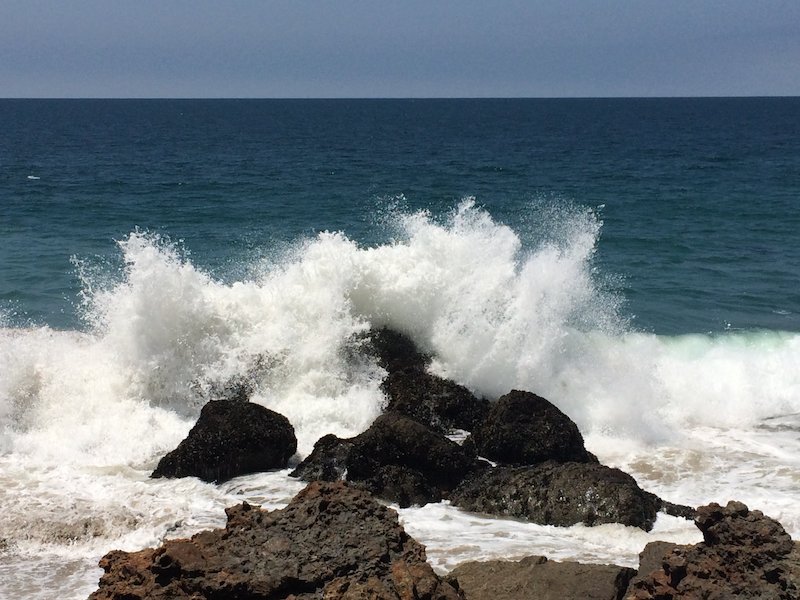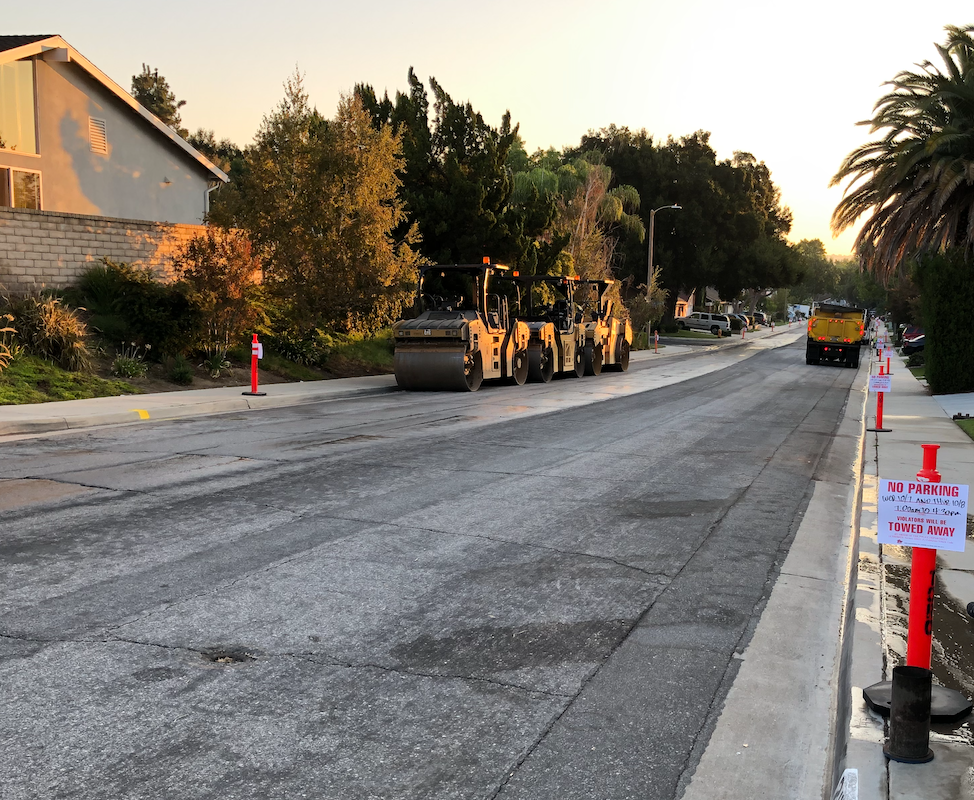“Always remember, your focus determines your reality.” – George Lucas
It is like static, a quiet noise, a low hum or a faint crackling sound. That’s how some of us may describe 2020. It feels like someone pushed pause and we are all in time out. We are caught in the current of the void, the stream of random indistinguishable flutters and rings.
Back in the 1990’s, my dad decided to get a satellite TV dish. Forever a can-do and frugal engineer, he signed up for the “self-installation” package. Naturally, that translated to us being on the roof with a bag of bolts, parts and indecipherable instruction manuals. The kit included a simple compass and directions to mount and orient the dish toward the geosynchronous satellite. A cable ran from the dish into the house to a receiver hooked to the television. The setup screen displayed the signal strength with an audio signal that went from a low static hum to a solid high-pitched tone when the dish was correctly oriented. Getting the dish oriented correctly before cell phones was an hour long comedy skit with my dad monitoring the TV yelling out the status to my sister in the yard who was yelling up to me on the roof. I made slight adjustments left and right then up and down until we finally had a clear solid tone, indicating success. We had the dish locked on to the satellite.
Getting a good signal during this pandemic has been difficult. About the time we adjust to the new rhythm, the timing changes. Some news we didn’t want to hear arrives. Projects change to match new business conditions. Pandemic tidal forces ebb and flow. All the while, we keep working and living life remotely with facemasks and limited interactions to keep everyone safe. A low hum, a static, a faint noise.
Tune in. I don’t know about you, but I’m looking for a clear signal. It’s time to focus and lock in. This past week and this weekend reminded me of how important it is to have solid structure, rhythm, traditions and habits. I’m convinced that those are important geosynchronous targets that we can launch to help orient our days, even during this pandemic. It could be something as simple as events on the calendar, a checklist of to-dos religiously made and cleared, or a purposeful goal with clear directionality.
This week, I challenge you to a tune-up. Examine the structures of your week and life. Do you need to add some framing? Give yourself the edifice of a clear target. Focus on clear steps and proceed forward purposefully. Yes, these are challenging times, but our focus can shape our reality. It can help us manage and thrive during difficult times. Focus, lock in and win!
Photo: Antenna of NASA’s Near Earth Network at the Alaska Satellite Facility



